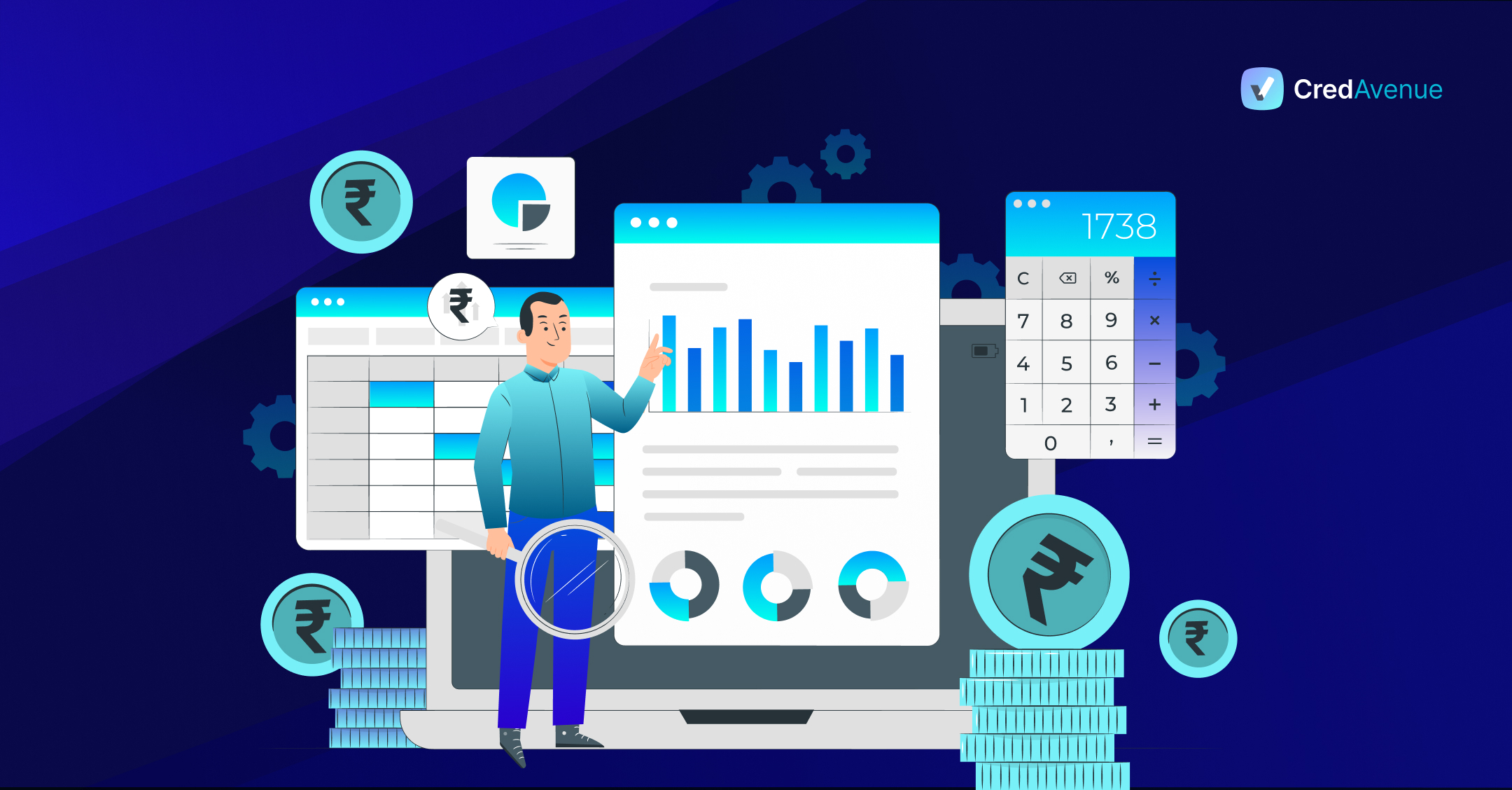
What is Dynamic discounting?
A financial solution that provides suppliers with the flexibility to take payments earlier than the payment date in exchange for a small discount is dynamic discounting. The term “dynamic” in dynamic discounting refers to the option to vary the discounts based on payment dates to suppliers. It allows the suppliers to reach the correct balance between cost and payment date. Usually, the earlier the payment is made, the greater the discount.
Benefits of Dynamic discounting
- A win-win situation: Dynamic discounting benefits both the trading partners and improves relationships all through the supply chain. While the buyers gain early payment discounts that decrease COGS (Cost of Goods Sold), improve margins, and earn a good return on liquidity, the suppliers benefit from the flexibility of discounting a few/all their receivables.
- Better financial solution: Dynamic discounting allows suppliers to be paid earlier than the invoice maturity, at more attractive terms than other methods such as asset-based lending or factoring.
What is Factoring?
Factoring is a financial solution when a company buys a debt or invoice from another company. It is, to an extent, a form of invoice discounting in many markets. In this purchase, accounts receivable are discounted to allow the buyer to profit upon the debt settlement. In factoring, transfer of the ownership of accounts to another party takes place that then chases up the debt. It thus relieves the supplier of a debt for less than the total amount by providing them with working capital to carry on trading while the buyer, or factor, chases up the debt.
Factoring is not a loan because the parties neither issue nor acquire debt as part of the transaction. Rather, the funds are supplied to the company in exchange for the accounts receivable and are not subject to any limitations regarding use. Exporters commonly use factoring to accelerate their cash flow. By this process, the exporter can draw up to 80% of the sales invoice’s value at delivery of the goods & when the deals invoice is raised.
Benefits of Factoring
- Improves working capital: A company selling its receivables gets upfront cash, which improves its working capital. Selling all or a part of its accounts receivables to a factor can prevent a cash-strapped company from defaulting on its loan payments with a creditor, such as a bank.
- Helps business grow: Although factoring is a pretty expensive form of financing, it can help a company improve its cash flow. Companies where converting receivables to cash takes a long time, and those companies growing fast & requiring funds to take the edge of new business opportunities can immensely benefit.
- Benefits factoring companies: Factoring companies benefit as well, as the factor can buy uncollected receivables/assets at a discounted price in a swap for supplying cash upfront.
The Comparison: Dynamic discounting vs. Factoring
Factoring & dynamic discounting provide access to funds by discounting invoices, but they differ in how they operate and in some other aspects. The table below is a comparison between both dynamic discounting vs factoring.
| Dynamic discounting | Factoring |
|
|
|
|
|
|
|
|
Why is a Supply-chain Financing Platform right for You?
An end-to-end Supply-chain Financing platform like CredSCF (by CredAvenue) brings in the benefits of increased efficiency, lower risk, and advanced monitoring options for you. CredSCF is India’s biggest supply chain finance platform with a large pool of anchors and investors. It is the most advanced and innovative platform built to provide multiple solutions from Vendor Financing to Dynamic Discounting & Factoring.
The platform offerings include:
Dynamic Discounting
- Vendor invoice prepayment via the investible surplus from anchor
Factoring (Off-balance sheet structures)
- Receivable finance solution for anchors
- Vendor factoring & TReDS
FAQs-
Q: What are the advantages of Dynamic discounting in comparison to Factoring?
A: Though both factoring and dynamic discounting provide access to capital by discounting your invoices, a comparison of dynamic discounting vs. factoring show that with dynamic discounting you:
- Obtain the total amount of your invoice upfront, minus the discount
- Retain full ownership of your invoices
- Pay considerably less in fees
Q: When does Factoring have the edge over other financial solutions?
A: Factoring has a slight edge over other financial solutions when some of your customers do not offer an early payment program, which means that some invoices may not be available to convert immediately into cash flow.
Q: What are the two types of factoring?
A: Two types of factoring: non-recourse factoring and recourse factoring.




